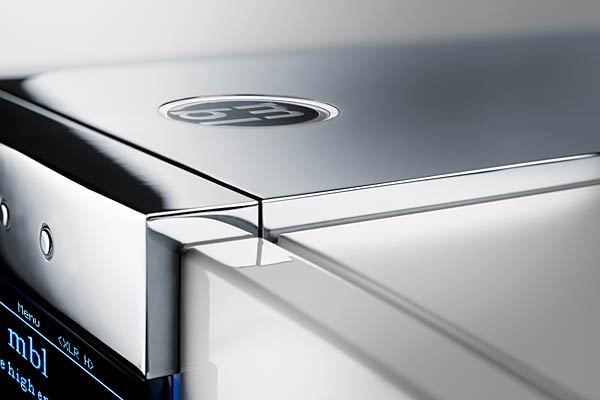| Columns Retired Columns & Blogs |
If I'm not wrong, the same amount of cash allows you to buy a Constellation Centaur or Boulder 1060 stereo. Yes these are not monoblocks, and maybe they don't look quite as good (but this is disputable, as industrial design preferences are highly personal), but at least you don't get to cope with the traditional class-D idiosyncrasies.
So sorry, but I'd rather look for somethind else for my Raidhos C3.









































